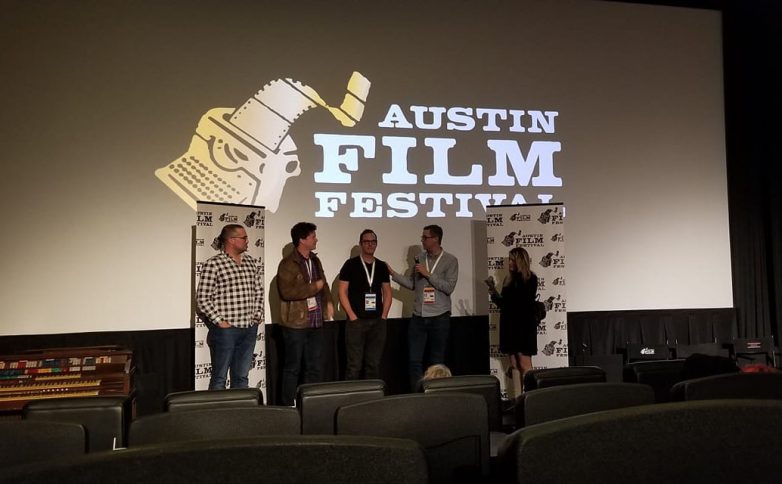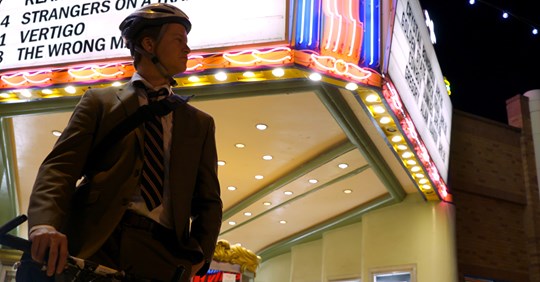Tag: austin film fest
-

SOJOURN Stands out in Stage 32 Screening at Austin Film Festival
Creativity and storytelling skills from around the country were on display in one of the many short film screenings at the Austin Film Festival Review by: Alexa Smith Austin Film Festival’s Stage 32 Short Film screening offered a variety of productions in varying genres. The short films originated from a contest that was hosted by…
-

Austin Film Fest: A Patient Man Interview
The 26th Annual Austin Film Festival came to an end on Thursday, Oct. 31. As a hidden gem among the various film festivals from around the world, a variety of independent film screenings were showcased across the city. One of the screenings was “A Patient Man”, a film about a man who survives a car…
-

Austin Film Festival: A Patient Man Review
Independent film reflects on the condition of the human mind in drama thriller. To read ACCENT’s interview with the filmmakers, click here. Review by: Nalani Nuylan How do we know the people we choose to befriend? By proxy, how well does the audience know the character(s) they are following? “A Patient Man” is the film…
